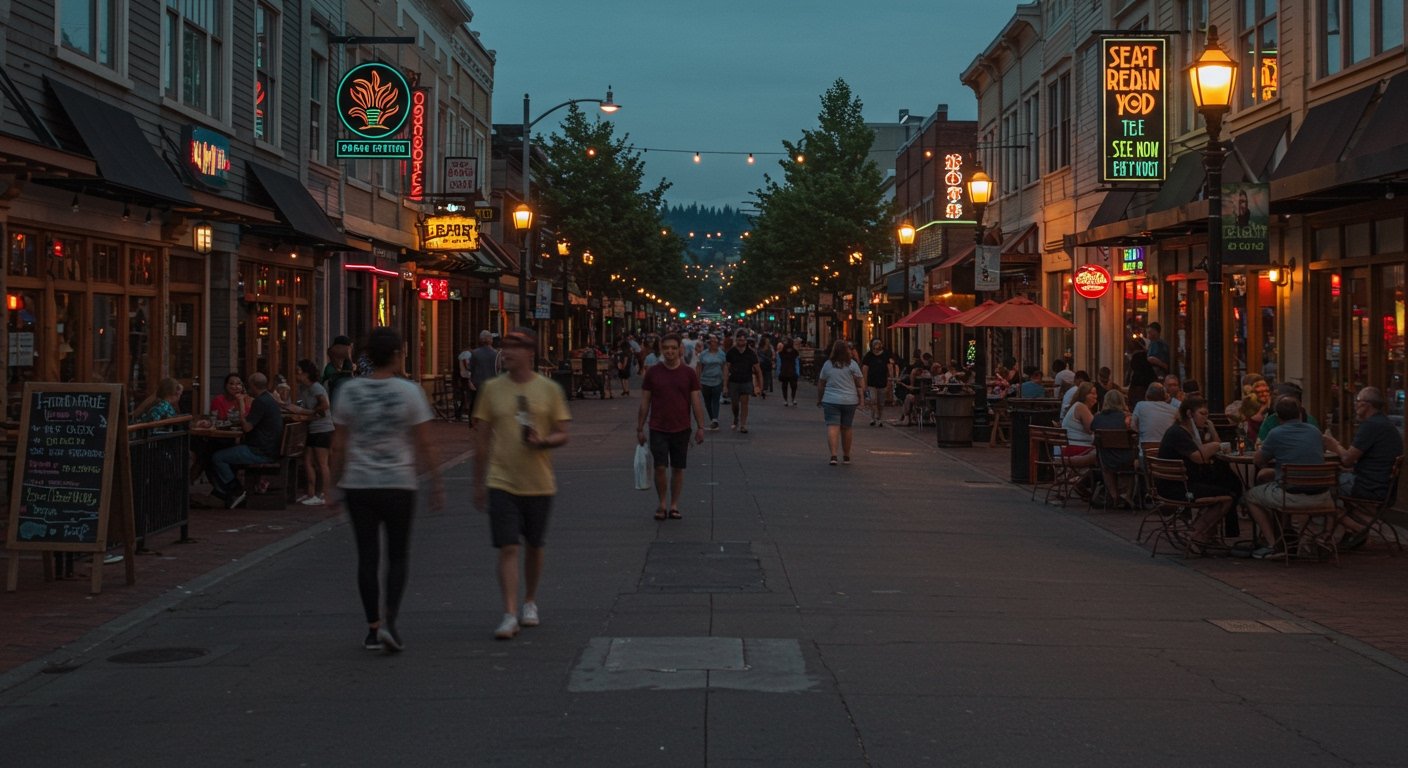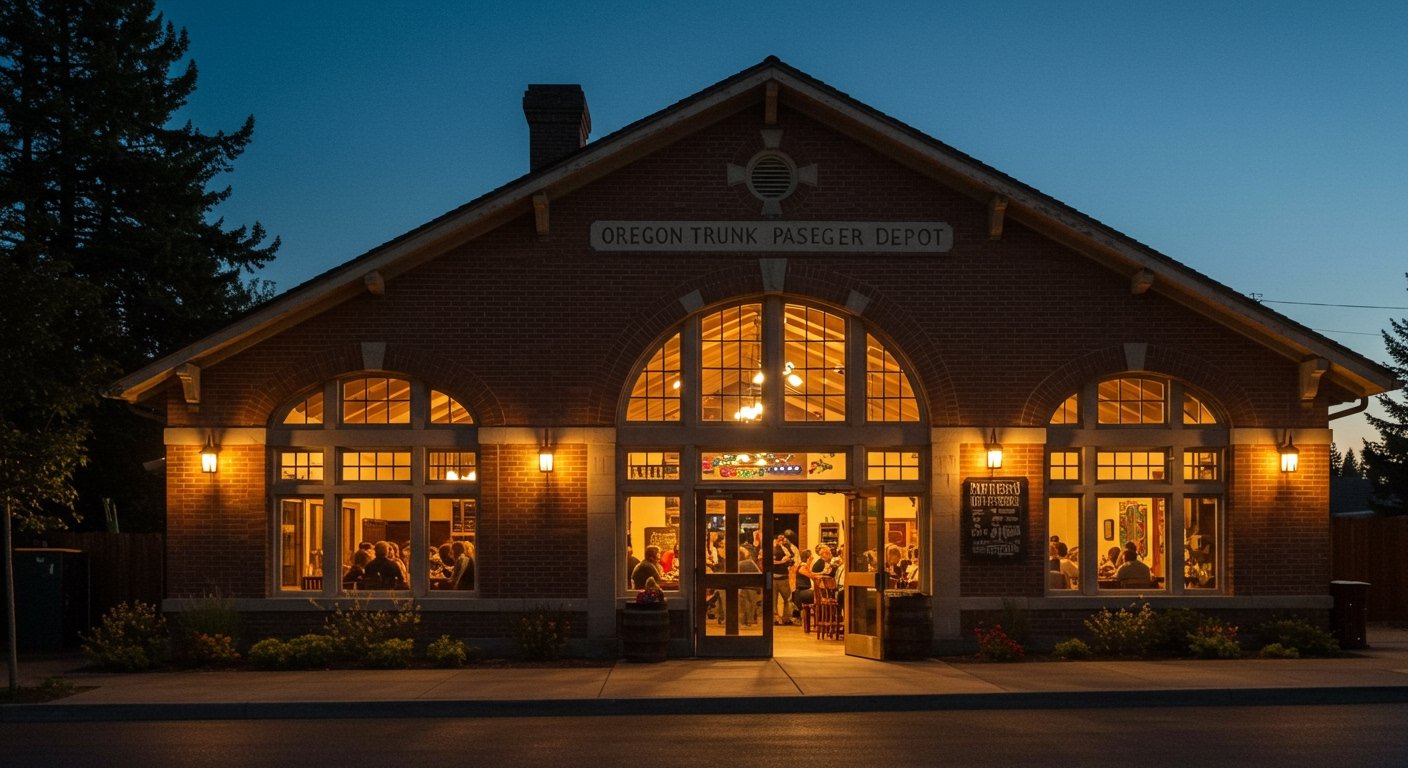Beaverton, Oregon, a city recognized for its vibrant diversity, is currently witnessing a period of accelerated growth, a trajectory officials attribute to a deliberate and focused strategy implemented eight years ago. This long-term initiative was specifically designed to harness the potential of the city’s burgeoning restaurant scene as a primary engine for economic development.
The strategy represented a significant pivot, moving beyond traditional development models to focus on culinary arts and hospitality as key drivers of urban vitality. It involved a multifaceted approach aimed at actively attracting new dining establishments while simultaneously providing robust support for existing ones. City officials employed a range of measures, including financial incentives, streamlined permitting processes, and targeted modifications to city codes. These changes were intended to lower barriers for restaurant entrepreneurs and create a more favorable business environment for food-related ventures.
A Calculated Strategy
The decision to center the revitalization efforts on restaurants was not arbitrary. Planners identified the unique role that restaurants play in urban life – serving not only as places of commerce but also as vital social hubs that draw people together. The goal was to cultivate a dynamic downtown core where a diverse array of culinary options would increase foot traffic, extend evening hours of activity, and enhance the overall attractiveness of the area to both residents and visitors.
The incentives offered varied, potentially including grants for build-outs, assistance with facade improvements, or temporary tax abatements. Code modifications might have involved adjustments to zoning laws to allow for outdoor seating, changes to parking requirements, or simplified processes for health and safety inspections. The specific details of these measures were tailored over time, reflecting feedback from the business community and evolving city priorities, but the core focus remained on fostering a thriving ecosystem for food-related businesses.
Tangible Outcomes
Years after the initial implementation, reports indicate that this focused approach is yielding significant results. The downtown area of Beaverton has reportedly experienced a substantial boost in activity and appeal. This enhanced environment has, in turn, fostered notable business growth across various sectors, not just hospitality, as increased foot traffic benefits surrounding retail and service establishments.
Beyond the purely economic metrics, the strategy is also credited with cultivating a stronger sense of community. As downtown has become a more lively and attractive destination, it has provided residents with more opportunities to gather, socialize, and engage with their city. This social dividend is often cited by city leaders as an equally important outcome of the development efforts.
A Longstanding Success Story
Highlighting the success of the strategy, city officials and business leaders frequently point to establishments like Tân Tân Café & Delicatessen. This beloved Vietnamese restaurant, which has been a fixture in the community for nearly 30 years, serves as a prime example of the kind of enduring business prioritized within the downtown development plan. Its continued success underscores the value of supporting both new ventures and long-established businesses that contribute to the local character and economy.
By integrating businesses with deep roots like Tân Tân into the revitalization narrative and potentially providing support to help them thrive alongside newer entrants, Beaverton aimed to create a downtown that felt authentic and welcoming, not just commercially vibrant. The nearly three decades of operation for Tân Tân demonstrate the potential for longevity and community connection that the strategy sought to amplify across the district.
The Role of Diversity
Beaverton’s noted diversity has provided a fertile ground for this restaurant-led development. The city’s multicultural population naturally supports a wide variety of cuisines, creating an inherent market for diverse dining options. This existing foundation of cultural richness and varied tastes made the restaurant-focused strategy a particularly potent approach, allowing the city to leverage its demographic strengths for economic gain and community building.
In conclusion, Beaverton’s eight-year commitment to investing in its downtown through the strategic promotion of its restaurant scene appears to be delivering on its promise. The blend of targeted incentives, regulatory adjustments, and a focus on culinary businesses has reportedly revitalized the urban core, driving economic growth, increasing appeal, and fostering a stronger sense of community in this diverse Oregon city. The success story of downtown Beaverton serves as a compelling case study for other municipalities seeking innovative ways to stimulate local economies and enhance urban life.




